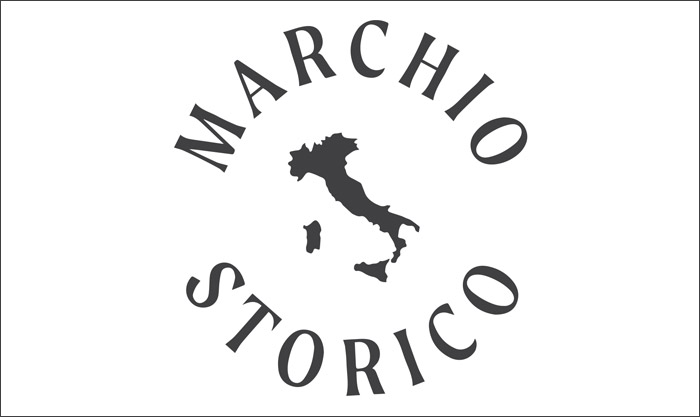- KOLLEKTIONEN
- Firma Wir sind stolz darauf, in das Sonderregister für historische Marken von nationalem Interesse aufgenommen worden zu sein. Discover more

- Magazine
Some of us have children who need help with their homework, some need somewhere to store their work equipment, others need space to put down their books for their next on-line lesson, or somewhere to show off their new kitchen aid, or your four-legged friend wants to see your every move up close... The kitchen has become an increasingly shared space where there are never enough work surfaces. A practical aid in the kitchen to optimise the functionality of the worktop is the kitchen counter, which can be a versatile snack top or an island or storage peninsula. Our objective is for you to know the differences, as well as the functions and some interesting facts about these useful tops. Are you ready to find out more?

When you’re preparing a meal, you need to be able to move around freely, keeping boiling hot pans and sharp knives far away from little hands or wagging tails. What better ally than a kitchen counter with a table where youngsters can watch the grown-ups as they cook, safely away from the hob? A kitchen counter can be a snack top, a continuation of the worktop and therefore without any base units underneath, or it can work like a storage peninsula or an island to support the other surfaces in the room. A kitchen counter with stools is often used as a corner for a quick breakfast, but lowered snack tops are also available, for use as a proper table, and in this case they are used with chairs featuring a design that matches the rest of the kitchen. Whatever you choose, the goal is the same: to increase your work surfaces. One truly effective solution is the kitchen counter with drawers, in both the island and peninsula versions, capable of providing more space to store crockery, kitchenware or kitchen linen too.
Whether you have a standard sized kitchen, or a kitchen with a depth of 45 cm or 70 cm, the result is always the same: there are never enough work surfaces! The depth of standard islands and peninsulas in the kitchen is generally 70 cm, 96 cm or 120 cm, whereas snack tops usually vary between 45 cm and 100 cm with the right design. These types of tops can easily be customised in terms of size and shape, to adapt to everyday activities. For instance, creating a snack top below 45 cm could still give you room for a cosy breakfast corner to be used with stools with a minimal silhouette for a quick bite to eat. When on the other hand space is no issue in the kitchen, expanding the work surfaces with, for instance, a large island fitted in the middle of the room, immediately creates breadth and space at first glance, helping you exploit the entire area.
It must be understood that snack tops are anything but static and monotonous items of furniture. They’re like the staircases in Harry Potter’s Hogwarts: they like to shift and move around! Similarly, when you wake up in the morning to a kitchen in mayhem and chaos, you can always use the practical “Diagonal” pull-out breakfast bench from the Liberamente model and get ready for the day ahead. With a diagonal manual movement, the Diagonal top slides out from the kitchen worktop to become a welcoming little table in an instant! It’s also fantastic if you want to enjoy a tête-à-tête meal without cluttering the table. What about the kitchen island with a snack top from the “Mia by Carlo Cracco” model? This support is ideal both for preparing ingredients as well as chopping them thanks to the lack of a base unit underneath, which sometimes hinders movement during preparation. If necessary, it becomes a practical corner to eat a snack while you’re on-the-go. That’s definitely versatile!

Come and browse our solutions for your dream kitchen counter at Scavolini dealers!